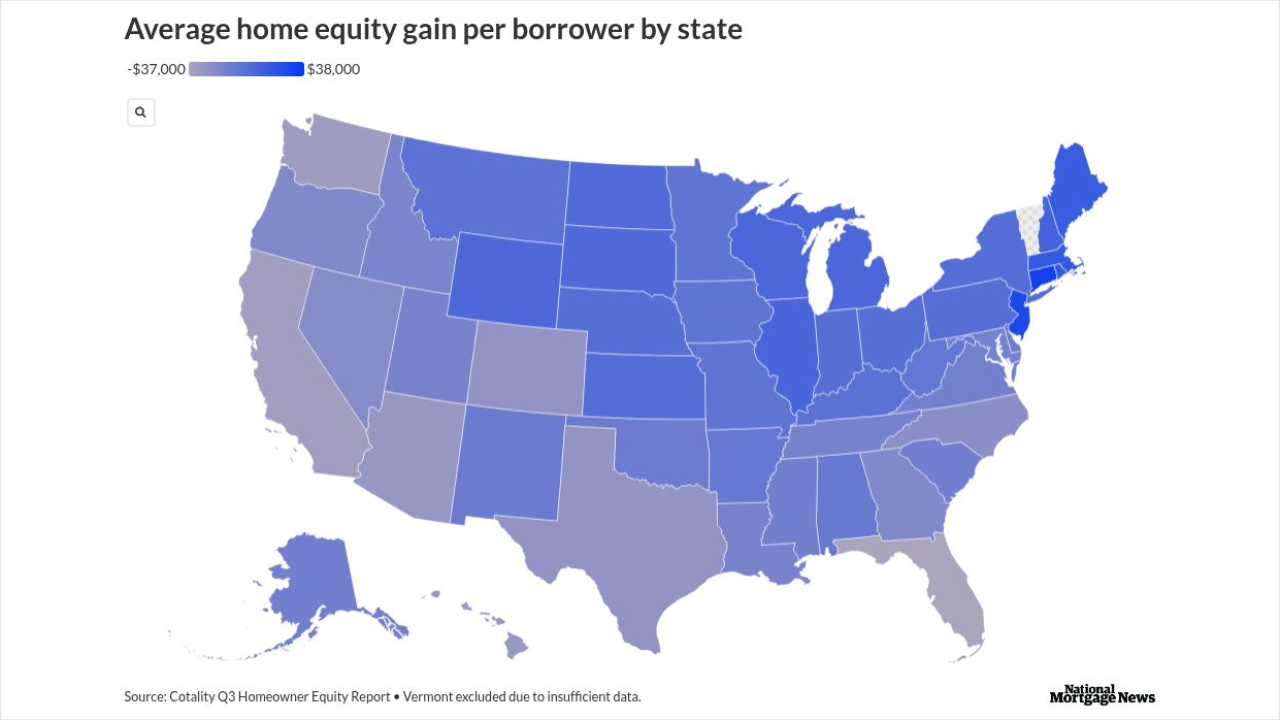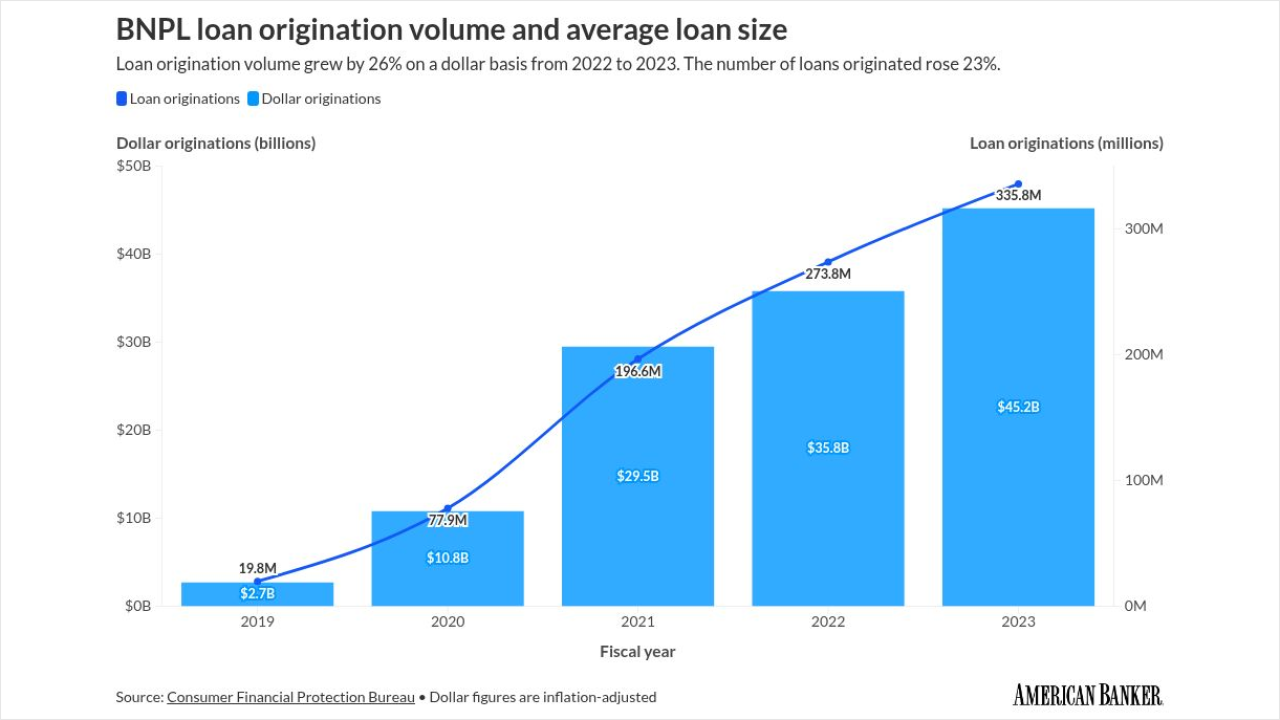Tariff-induced volatility may give lenders more leverage when it comes to incorporating so-called omni-blockers that aim to provide blanket, proactive protection against aggressive liability management exercises (LMEs), which diminish lender seniority in the debt stack.
In a recent report, "Opportunity in Chaos: Is It the Omni-Blockerʼs Time to Shine?", Octus describes the key elements of omni-blocker covenants that aim to prohibit borrowers from finding new and creative ways to pursue aggressive, non-pro rata LMEs. Such deals transfer significant transaction value to a majority of lenders and away from other senior lenders, resulting in so-called lender-on-lender violence.
Ongoing uncertainty stemming from tariffs and a potential trade war could increase lenders' leverage when negotiating new loan terms in what has been a borrowers' market. That hasn't happened yet, said Julian Bulaon, a co-author of the report and head of liability management at Octus, but that could change later this year if tariffs adversely impact the economy and business uncertainty continues.
"The trend [toward more omni blockers] is currently most common in post LME and restructuring loan documents," Bulaon said, adding that omni-blockers have appeared in senior loans on the private side and just a few public deals, including a post-bankruptcy bond for Spirit Airlines and new issuances for CommScope and Sinclair Television Group.
The Octus report identifies two key elements to successfully block the range of LMEs that have emerged–including uptiers, drop-downs, double dips, and pari plus structures–whiledefending against borrowers' creative workarounds. That creativity was recently seen in the year-end LME by Better Health, which quickly flipped strategies to complete an uptier transaction after an appeals court nixed the well-established approach originated in a loan for Serta Simmons.
"At a high level, omni-blockers want to prevent the outcome of a non-pro rata LME, and not just the known pathways," said Melissa Kelley, a covenants lawyer at Octus. "Because as we've seen with Serta, when a new form of LME pops up, a new blocker also pops up, and borrowers find a way to structure around that new LME blocker."
The first part of a successful omni-blocker, according to the Octus report, is a "negative covenant prohibiting entry into a [LME], with a carve-out for ratable offers…" The carve-out provides borrowers with the flexibility to pursue LMEs, but only if those transactions treat lenders equitably.
The second key part is to define LMEs, or borrowers' lawyers will find a definition that works in their favor. The definition can't be too specific, however, or the same lawyers will find ways to circumvent it. Consequently, lenders must provide a definition that captures not only existing LMEs but also new varieties as they emerge, leading with a high-level definition followed by a comprehensive if incomplete list of specific transactions meeting the definition.
"This allows the definition to block not only the means but also the end," the Octus report says.
Kenneth Steinberg, a partner at Davis Polk & Wardwell, said he has seen elements of the Octus Report's hypothetical omni-blocker in post-restructuring loans, but resistance from borrowers eager to retain financing options make fully incorporating both steps in new loans unlikely anytime soon. Instead, he added, surgically applying three or four provisions can achieve much of what the omni-blocker aims to accomplish, although its goal of providing more expansive, future protection as LMEs evolve is a credible one.
"This is clearly meant to move beyond fighting the last battle, the last LME to emerge—somebody did a J. Crew LME, so let's put in place a J. Crew blocker," Steinberg said. "This language wants to deal with the 'unknown unknown.'"






